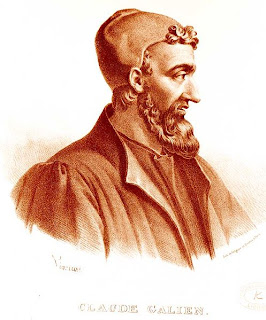WILLIAM HARVEY’S ANATOMICAL THEATER
Are you sitting at home on the weekend with nothing to do?
Are executions of petty criminals beginning to bore
you to death?
Are Galen's ideas too mainstream for you?
Are Galen's ideas too mainstream for you?
Come to William Harvey’s Anatomical Theater: guaranteed to be an ENLIGHTENING experience.

WHAT TO EXPECT
Do not expect a walk in the park
with Shakespeare in this theater. With
his newly discovered theory that "all things, both argument and ocular demonstration, confirm that blood passes through the lungs and heart by the force of the ventricles, and is driven thence and sent forth to all parts of the body. Thus concluding that blood in animals [and humans] is impelled in a circle", William Harvey will demonstrate that the sole and only end of this newly discovered movement comes from the pulse of the heart.
William Harvey will provide his guests with a fun and interactive learning experience. The theater is a room of roughly amphitheatrical shape. In the center of the theater stands a table; on which the dissections of human or animal bodies will take place. Around the table there will be several circular tiers and railings, where you and other observers can stand and get a good view of the dissection.
William Harvey will provide his guests with a fun and interactive learning experience. The theater is a room of roughly amphitheatrical shape. In the center of the theater stands a table; on which the dissections of human or animal bodies will take place. Around the table there will be several circular tiers and railings, where you and other observers can stand and get a good view of the dissection.
WILLIAM HARVEY’S RULES FOR DISSECTION
- Show as much in one viewing as can be for instance from the whole belly or from the other part, or those things which are interesting.
- Point out peculiarities of the particular body and those that are new or but newly discovered.
- To supply only by speech what cannot be shown on your own credit and by authority.
- Cut up as much as may be in the view of all, that practical skill may be learned together with theatrical knowledge.
- Review your own and other people’s observation in order to consider carefully your own opinion.
DIVINE SOUL
Harvey believes that the body contains a divine element within it, be it a spirit or the blood itself that works as a hinge joining the divinely created spirit and the sexually reproduced body.
By applying physic to the study of physiolgy, Harvey reframes the body as a machine, establishing an anatomico-physiological foundation for later Enlightenment.
HIPPOCRATIC OATHBy applying physic to the study of physiolgy, Harvey reframes the body as a machine, establishing an anatomico-physiological foundation for later Enlightenment.
This production is done under the Hippocratic oath. The Hippocratic Oath is an oath taken by
physicians and other healthcare professionals swearing to practice medicine
ethnically and honestly. This oath forges a strong bond between the master
physicians and his pupils by demanding a “quasi-contractual relationship”.
The Oath's historical popularity has varied widely over time. Originally it only applied to doctors who trained under Hippocrates himself. It grew popularity during the Common Era, but was not formally recited by doctors until the Englightenment. The oath itself did not become common until the resurgence of formal medical ethics scholarship and ethic codes after Nazi abuses during the Third Reich.
The Oath's historical popularity has varied widely over time. Originally it only applied to doctors who trained under Hippocrates himself. It grew popularity during the Common Era, but was not formally recited by doctors until the Englightenment. The oath itself did not become common until the resurgence of formal medical ethics scholarship and ethic codes after Nazi abuses during the Third Reich.
ONE TICKET ADMITS ONE.






